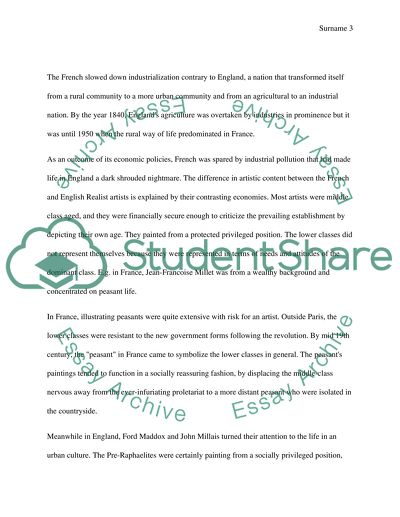Cite this document
(“Realism in England and France Essay Example | Topics and Well Written Essays - 2250 words”, n.d.)
Realism in England and France Essay Example | Topics and Well Written Essays - 2250 words. Retrieved from https://studentshare.org/visual-arts-film-studies/1702231-realism-in-england-and-france
Realism in England and France Essay Example | Topics and Well Written Essays - 2250 words. Retrieved from https://studentshare.org/visual-arts-film-studies/1702231-realism-in-england-and-france
(Realism in England and France Essay Example | Topics and Well Written Essays - 2250 Words)
Realism in England and France Essay Example | Topics and Well Written Essays - 2250 Words. https://studentshare.org/visual-arts-film-studies/1702231-realism-in-england-and-france.
Realism in England and France Essay Example | Topics and Well Written Essays - 2250 Words. https://studentshare.org/visual-arts-film-studies/1702231-realism-in-england-and-france.
“Realism in England and France Essay Example | Topics and Well Written Essays - 2250 Words”, n.d. https://studentshare.org/visual-arts-film-studies/1702231-realism-in-england-and-france.


